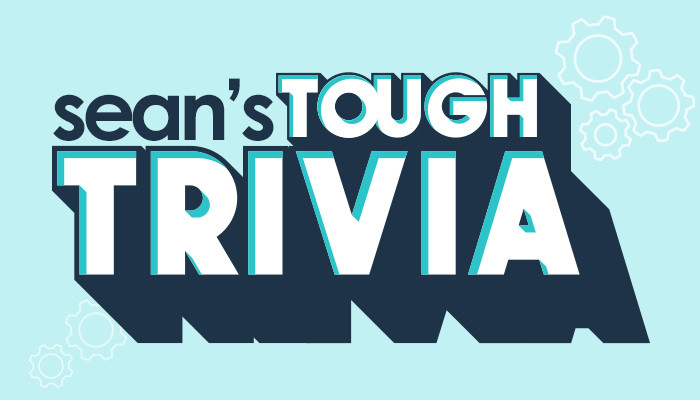Music Videos: From MTV to YouTube

Source: NurPhoto / Getty
Music videos have always been more than just visual accompaniments to songs; they’re a key component of an artist’s brand and a powerful medium for storytelling. Since the launch of MTV in the early 80s, music videos have evolved dramatically. Today, platforms like YouTube continue to revolutionize how we consume and interact with music videos. Join us as we explore this fascinating journey from MTV’s heyday to the digital age of YouTube.
MTV: The Birth of the Music Video Era
When MTV (Music Television) launched on August 1, 1981, it marked a turning point in the music industry. The network’s debut video, “Video Killed the Radio Star” by The Buggles, was a prophetic nod to how music consumption was changing. MTV introduced the concept of 24/7 music video programming, giving rise to a new era where visuals became integral to a song’s success.
In the 80s, music videos were a major promotional tool for artists. Icons like Michael Jackson, Madonna, and Duran Duran used the platform to create unforgettable visuals that complemented their music. These videos were often cinematic and ambitious, reflecting the artists’ larger-than-life personas and engaging viewers in ways radio never could.
The 90s and 2000s: Music Videos as Art
As MTV continued to grow, so did the sophistication of music videos. The 90s saw the rise of alternative rock, hip-hop, and pop, each bringing its own style to the music video landscape. Directors like David Fincher and Spike Jonze became famous for their innovative approaches, turning music videos into high art.
During this period, music videos were not just promotional tools but artistic statements. Videos like Nirvana’s “Smells Like Teen Spirit,” directed by Samuel Bayer, and Beyoncé’s “Single Ladies (Put a Ring on It),” directed by Jake Nava, became cultural touchstones. The 2000s also introduced interactive elements and special effects, pushing the boundaries of what music videos could achieve.
The Digital Age: YouTube and Beyond
With the advent of the internet and platforms like YouTube, the landscape of music videos underwent a radical transformation. Launched in 2005, YouTube allowed artists to reach a global audience without the need for traditional media channels. Music videos became instantly accessible, and viewers could interact with them in new ways, from commenting to sharing and creating playlists.
YouTube’s impact on music videos has been profound. It has democratized the process, allowing independent artists to gain exposure and find success outside the constraints of traditional media. Viral videos, like Psy’s “Gangnam Style” or Lil Nas X’s “Old Town Road,” showcase how digital platforms can propel songs to global success.
Moreover, the rise of social media has further shaped the evolution of music videos. Platforms like Instagram, TikTok, and Snapchat have introduced short-form video content, influencing how music videos are produced and consumed. Trends like “challenge videos” and user-generated content have created new ways for fans to engage with their favorite artists.
The Future of Music Videos
As we look to the future, the evolution of music videos continues to be driven by technological advancements and changing viewer preferences. Virtual reality (VR) and augmented reality (AR) are poised to offer immersive experiences, allowing fans to interact with music in ways never before possible.
Artists and creators are experimenting with new formats, including interactive videos where viewers can choose the storyline or outcome. With the rise of streaming services and on-demand content, music videos will likely continue to evolve, offering innovative ways to captivate and engage audiences.















